How to Say Spices in Spanish: A Complete Translation Guide
When cooking Spanish dishes or traveling in Latin America, knowing the Spanish names for spices is essential. This guide provides direct translations for common spices, practical usage examples, and regional variations to help you navigate markets and recipes with confidence.
| English | Spanish | Usage Example |
|---|---|---|
| Cinnamon | Canela | Canela en rama = Cinnamon stick |
| Paprika | Pimentón | Pimentón dulce = Sweet paprika |
| Cumin | Comino | Used in tacos al pastor |
| Nutmeg | Nuez Moscada | Often in holiday desserts |
| Cloves | Clavos de Olor | Great in mulled drinks |
| Saffron | Azafrán | Essential for paella |
| Black Pepper | Pimienta Negra | Moler pimienta = To grind pepper |
| Chili Powder | Polvo de Chile | Used in many Mexican sauces |
| Coriander | Coriandro | Seeds used in pickling |
| Oregano | Orégano | Dried vs fresh usage varies |
Why This Knowledge Matters
Knowing Spanish spice terms prevents kitchen mistakes (like confusing pimentón and pimienta) and helps you shop confidently in Spanish-speaking markets. For example, asking for polvo de chile instead of pimienta ensures you get the right ingredient for authentic Mexican dishes.
Regional Variations to Note
- Cilantro vs. Coriandro: In most Spanish-speaking countries, cilantro refers to fresh coriander leaves, while coriandro means the seeds. In some regions like Mexico, cilantro is used for both.
- Chile vs. Chili: In Spanish, it's always chile (pronounced "chee-leh"), never "chili". The English spelling is a common mistake.
- Achiote: Known as "annatto" in English, this is widely used in Yucatán and Central America for its vibrant color and earthy flavor.
Common Mistakes to Avoid
- Confusing pimentón (paprika) with pimienta (pepper)
- Using "chili" instead of "chile" when referring to the spice
- Assuming all "chili powder" is the same — in Mexico, polvo de chile is pure ground dried chiles, while in other regions it may be a blend
FAQ: Spanish Spice Terms
What is the Spanish word for "spice"?
The general Spanish word for "spice" is "especia" (singular) or "especias" (plural). In culinary contexts, "condimento" is also used for seasonings.
How do you say "spicy" in Spanish?
"Spicy" is "picante". For spice levels: "suave" (mild), "medio" (medium), and "picante" (hot). In Mexico, you might hear "chile" informally for spicy food.
What's the difference between "pimentón" and "pimienta"?
"Pimentón" is paprika (ground peppers), while "pimienta" is pepper (usually black pepper). "Pimienta negra" = black pepper, "pimentón dulce" = sweet paprika.
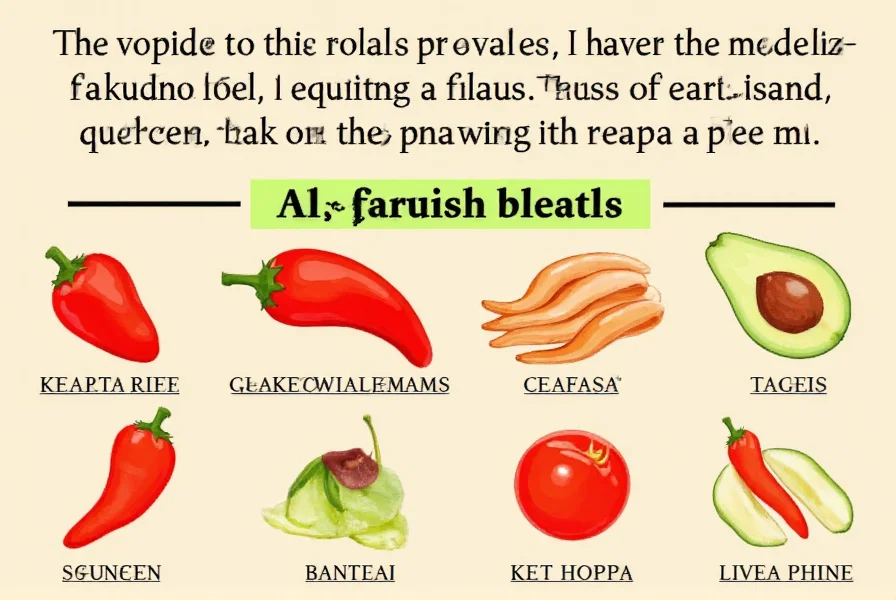
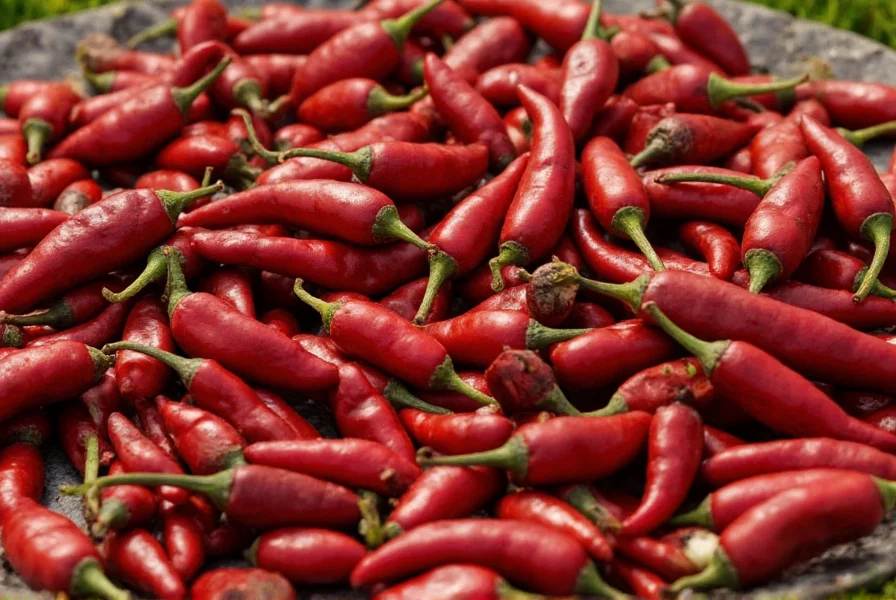
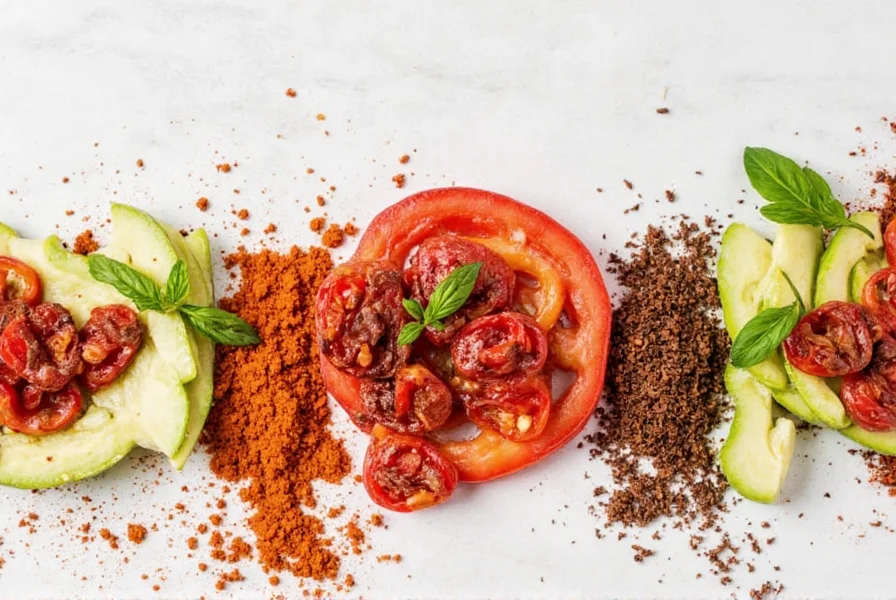
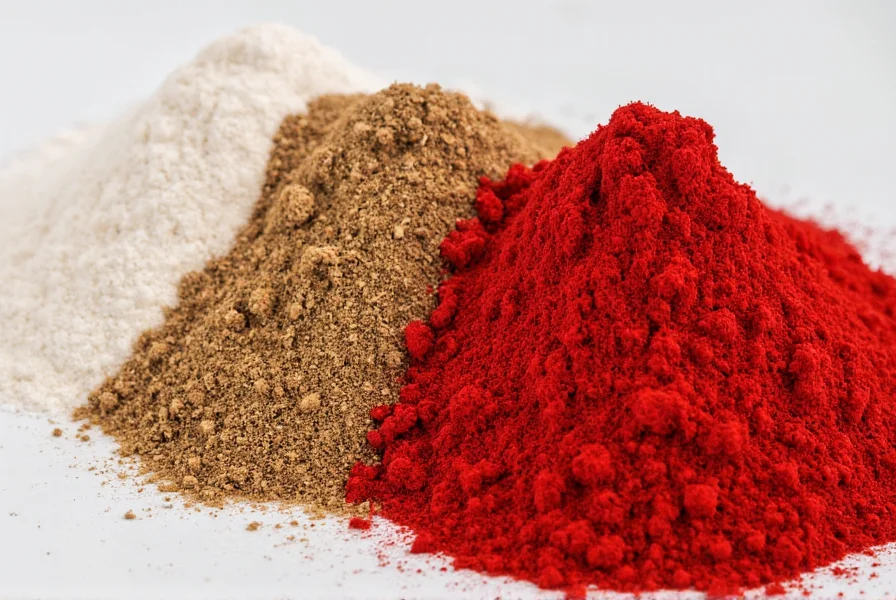
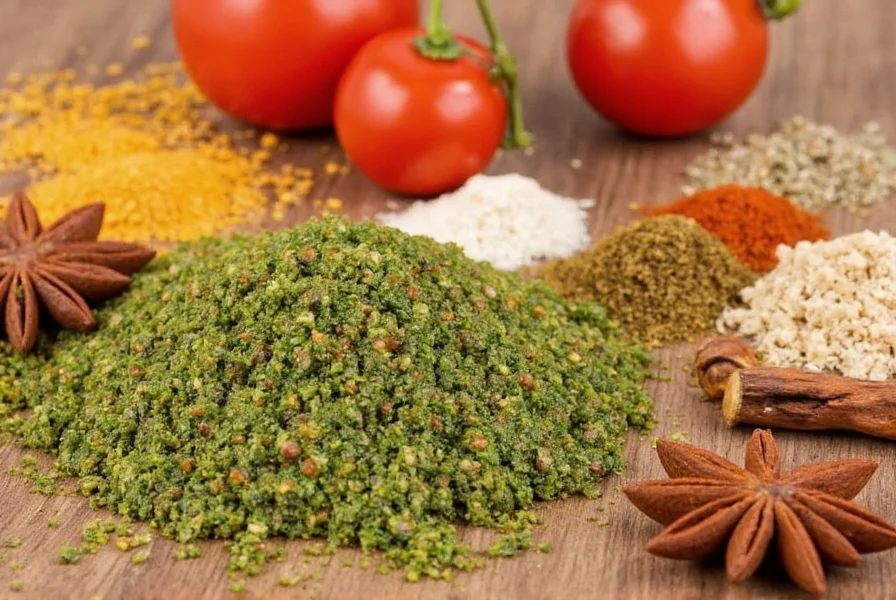
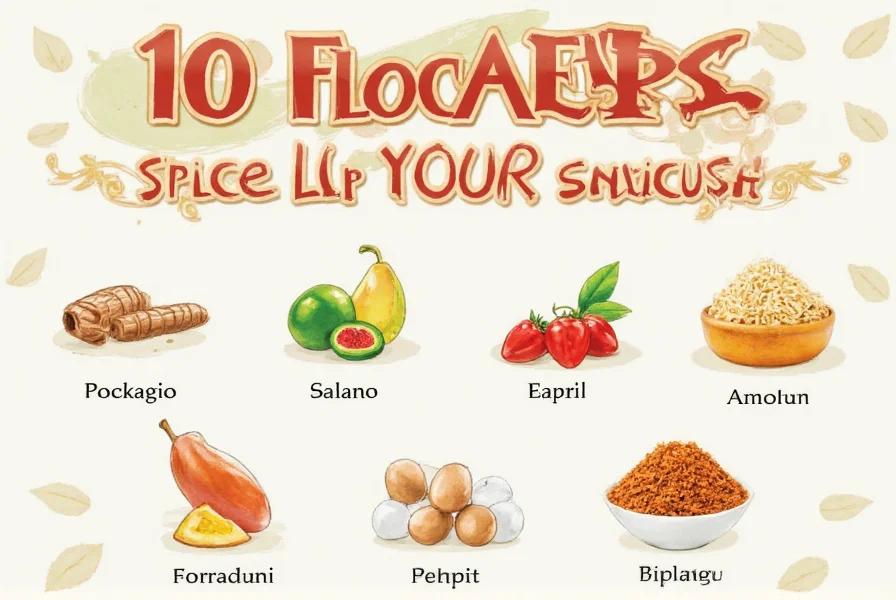










 浙公网安备
33010002000092号
浙公网安备
33010002000092号 浙B2-20120091-4
浙B2-20120091-4